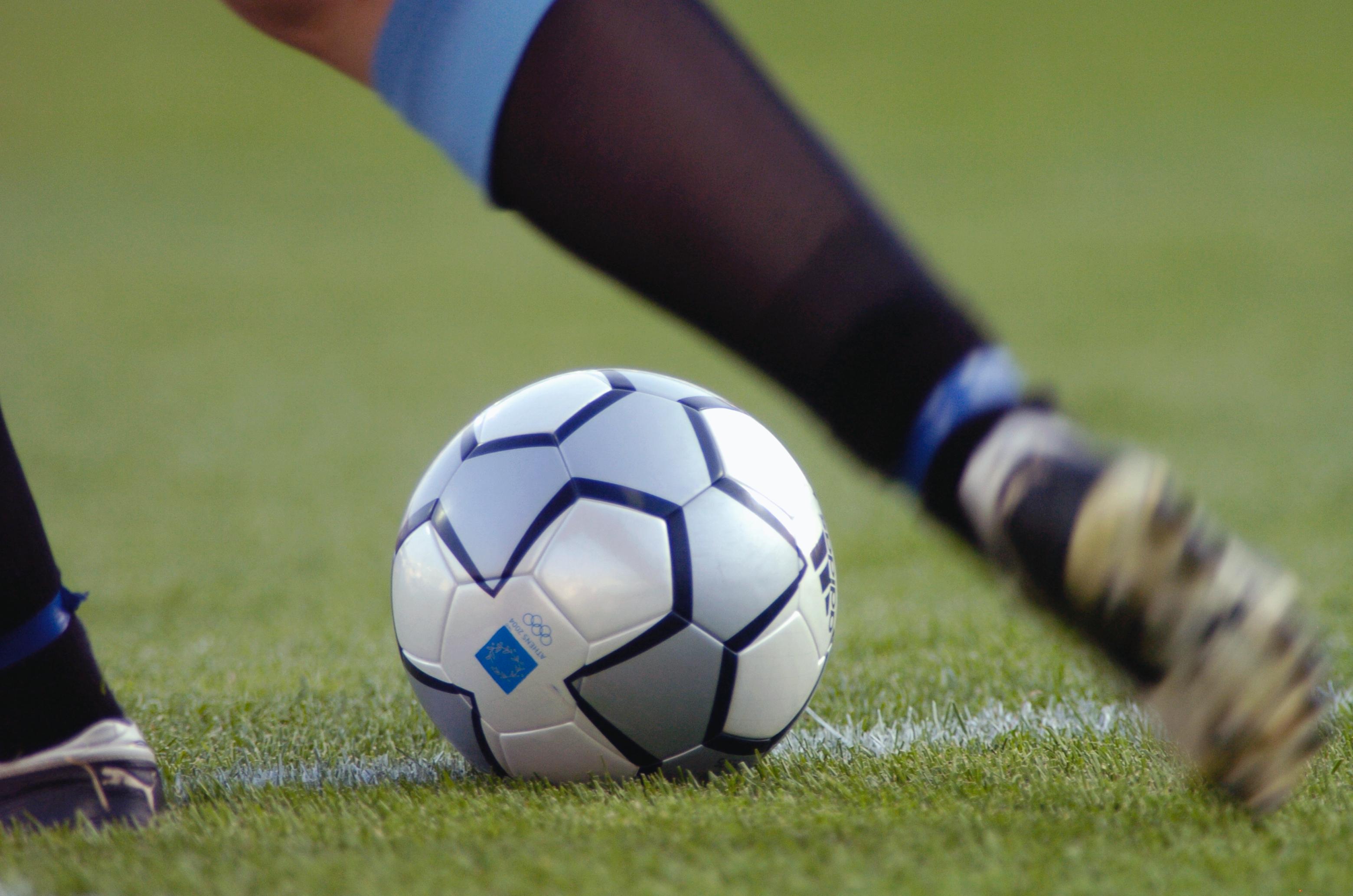Groin strain
A person who has suffered a groin strain is not usually in any doubt about what has happened. In some sports, such as football and ice hockey, it is one of the most common strain injuries. It is also an injury that is important to be taken seriously.

The most common acute injury in the pelvic, groin, and hip region is a strain in one of the muscles located on the inside of the thigh. These muscles are collectively known as the adductor muscles of the hip. Their function is to guide the leg inwards and stabilise the hip.
When a strain occurs, the muscles are partially or completely torn. In technical terms, this is known as a whole or partial rupture. Strain injuries most frequently occur in the adductor longus muscle.
Injury mechanism
Acute groin injuries usually occur in conjunction with shooting on goal, changes in direction, and tackles.
Signs and symptoms
A groin strain usually causes pain in that area. If it is a severe injury, pain might also be experienced on the inside of the thigh. Pain returns if the athlete continues the activity. There may also be swelling in the injured area, and in some cases bruising. This usually occurs two or three days after the incident.
Paradoxically, a total rupture where the muscles are completely torn can cause a lower degree of pain than a less severe injury. It is with a total rupture that bruising usually occurs.
Diagnosis
A doctor or a physiotherapist will confirm the diagnosis based on a description of the events leading to the injury, as well as signs and symptoms. The examiner can also check for pain by applying pressure to the injured area. Pain may also usually be felt when the musculature in the groin is tensed against resistance, and the injured person will have a reduced amount of strength. Imaging techniques such as MRI and ultrasound can also be useful in determining the extent of the injury, but a clinical examination is usually sufficient.
Risk factors
Having sustained a previous injury in the groin increases the risk of a groin strain. Other factors that increase the risk are a loss of strength and lacking sports specific training. It was previously believed that athletes at the elite level were especially susceptible to this type of injury, but newer research has shown that the risk is the same for all athletes regardless of their level.
Treatment
Acute treatment according to the PRICE principle should be followed as soon as possible after the injury occurs. Nonsteroidal anti-inflammatory drugs (NSAIDs), such as Nurofen and Voltaren, can delay the body's healing process. The inflammatory process that occurs following an injury, and which such medications counteract, is ,in fact, an important part of the body's repair system. Disrupting this can lead to the body needing more time to heal itself.
No surgery
Surgical treatment is not recommended, even in the case of a total rupture.
As soon as the pain begins to subside, the athlete should commence with training exercises for the injured muscles. A gradual progression is necessary to return to sporting activity. The athlete's progress should be followed up closely, and they should only train when feeling no or minimal pain. Progressing too quickly can cause new ruptures in the scar tissue of the muscle, and the problem can become long-term. The athlete can often start strength training of other muscles early as long as it doesn't cause pain to the injured area.
After three or four days, the athlete should be able to begin with gentle stretching and flexibility exercises. The intention is to activate the injured muscles by performing many repetitions with a steadily increasing range of motion. When a full range of motion has been reached on both sides without causing pain, strength training can gradually be increased to a full load.
The aim is to regain full muscle length and strength before returning to sport. As soon as the pain allows, the athlete should commence with sensory-motor activities (balance training) in the hip and groin musculature. In addition, the athlete should complete a period of controlled and exercise specific training in the relevant sport before returning to full training and competition.
Varied training
To best preserve the general strength and condition of the athlete during rehabilitation, alternative training and exercises should be employed.
People trying to maintain fitness following a groin strain can usually manage training by cycling or swimming, but breaststroke should be avoided as the movements involved place stress on the groin area. Running on a treadmill or along flat paths also works well. General strength conditioning for the uninjured parts of the body can start as soon the person is capable of performing the exercises without provoking localised pain.
Return to sport
There is a large variation in the rehabilitation time needed following a groin strain. The length of time will depend on how severe the injury is and whether it is located in the muscle or the tendons. Tendon injuries require the most amount of recovery time and it is normal to expect at least three to six weeks.
It can take much longer if there is a large amount of blood collecting in the muscle belly, in this case one can expect up to 12 weeks. It is important to remain patient and careful in the beginning. If you ignore the pain, there is a significant risk that the injury will develop into a persistent, painful condition that is hard to treat.


